
All cultures have their own unique customs, social conventions, and popular events that set them apart. However, traditions from decades or centuries ago can seem weird to us today because they reflect a different set of values and beliefs than we hold in the present. Here are 19 strange customs from the past that you’ve probably never heard of and may be shocked by.
1. Hair Art

During the Victorian era, it was common for people to collect locks of hair from loved ones and fashion them into decorative items such as jewelry, wreaths, or framed arrangements. These intricate pieces served as sentimental mementos and expressions of affection.
Hair art was frequently given as a gift, making this a strange custom from the past we wouldn’t want to encounter today. Could you imagine having to wear a hair necklace that your aunt made you for Christmas so you don’t seem rude and ungrateful?
2. Covering Brides In Dirt
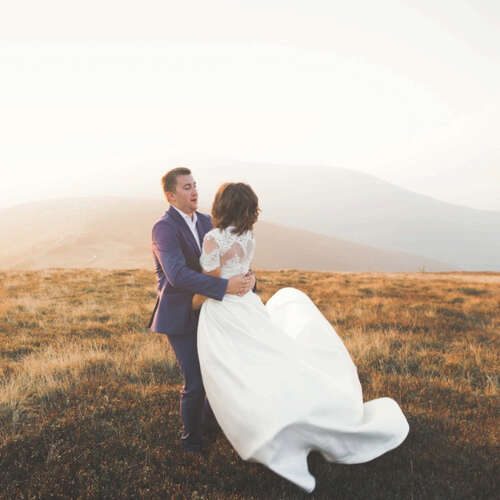
In some parts of Scotland, particularly in rural areas, there was a tradition known as “blackening the bride.” The bride and groom would be covered in various messy substances like treacle, feathers, or coal before their wedding day. This was believed to ward off evil spirits and bring good luck to the marriage.
3. Bog Butter

In parts of Ireland and Scotland, people used to bury butter in peat bogs. It’s believed that this practice dates back thousands of years. The bog’s cool, oxygen-free environment helped preserve the butter, which could then be dug up and consumed later.
After hearing about this strange custom from the past, we’re even more grateful for modern refrigeration. The last thing we want to spread on our morning toast is bog butter. Yuck!
4. Bee News Updates
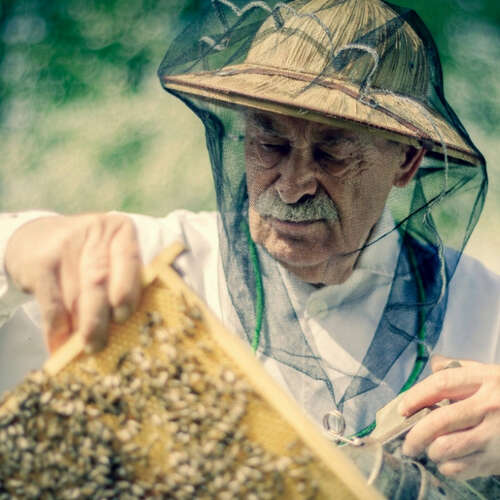
In certain European cultures, it was customary for beekeepers to inform the bees they managed about significant events in their lives, such as births, marriages, and deaths. This practice was believed to prevent the bees from leaving, dying, or halting the production of honey. Apparently people thought the bees would get hurt feelings if you didn’t share the local “buzz” with them. How strange!
5. Secret Bouquet Messages
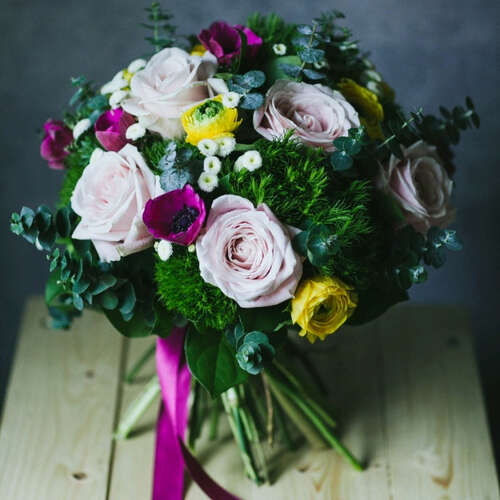
In the Victorian era, flowers were assigned specific meanings, and people would communicate sentiments through bouquets known as “tussie-mussies.” This practice called floriography allowed individuals to express feelings or convey messages discreetly. For example, basil in a bouquet meant “I hate you” and cabbage signified wealth because Victorians thought it looked like cash. You would usually need a dictionary to decode these secret messages, because things could get complicated!
6. Duels
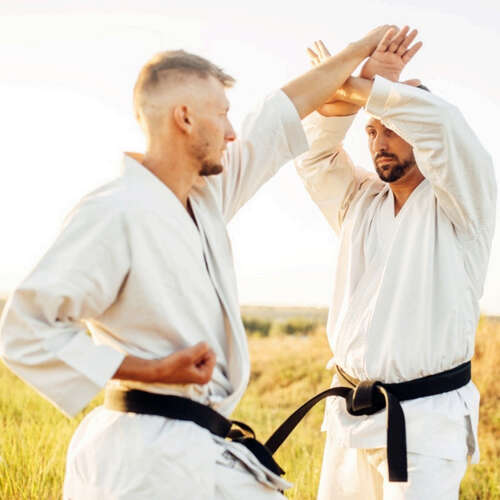
Dueling was frequently practiced up until the 1800s among the upper classes as a way to settle disputes of honor. Participants would engage in prearranged combat, often with real loaded weapons, risking injury or death for the sake of their reputations.
7. Exotic Fur Clothing

In the early 19th century, exotic fur became a huge fashion craze. Clothing made from animals like rabbits, leopards, sea lions, and even monkeys became popular. This trend contributed to the decline of various species and would be shocking by today’s much stricter standards of animal conservation.
8. Tulip Mania

In the Netherlands during the 17th century, tulip bulbs became so highly prized that they were traded at exorbitant prices, leading to a speculative bubble known as “tulip mania.” At its peak, the value of tulip bulbs soared to astronomical levels before crashing dramatically. The term tulip mania is still used to refer to asset bubbles today.
9. Flagpole Sitting

In the 1920s and 1930s, flagpole sitting gained popularity as a bizarre stunt. Participants would perch themselves atop tall flagpoles for extended periods, sometimes days or weeks, as a way to gain publicity or win contests.
This strange trend was probably derived from the ancient tradition of column-sitting. In the 400s, a Christian monk named Simeon Stylites reportedly sat on a platform atop a column for over three decades. He became a saint and even inspired others to follow in his footsteps. While we’re inspired by his determination, we hope this weird and dangerous tradition doesn’t make a comeback.
10. Gilded Fruit Gifts
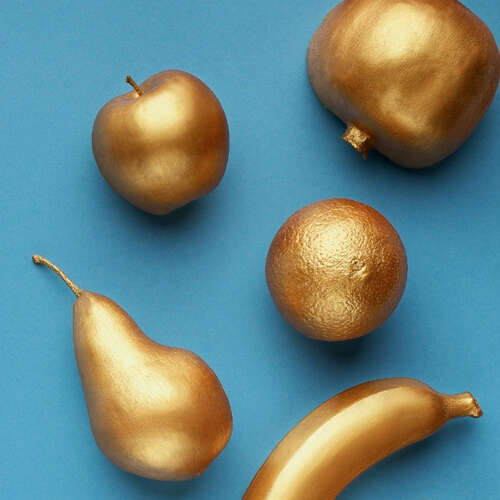
In Renaissance Europe, it was fashionable to gild fruits such as apples, oranges, and pears with gold leaf and present them as gifts at banquets and feasts. These gilded fruits were seen as symbols of wealth, abundance, and luxury. The only kind of apple that conveys wealth today is an iPhone!
11. Black Teeth

According to Ancient Origins, women in Japan and parts of Southeast Asia used to dye their teeth black to increase their attractiveness. Up until the close of the 19th century, black teeth were seen as beautiful in Japanese culture. Today black teeth would probably be seen as a sign of poor oral hygiene more than anything else.
12. Dung in Makeup

Another one of the strange customs from the past was putting dung in makeup. In ancient Rome, pale skin was prized, so women with olive skin tones tried to lighten their faces with makeup. To do this, they put a strange combo of ingredients in their powder, including crocodile dung, chalk powder, and white lead. We can’t imagine how bad this concoction smelled and how much it damaged their health!
13. Foot-Kissing

In certain cultures of the Middle East and Asia, particularly during ancient times, it was a sign of respect to kiss someone’s feet, especially those of religious or political leaders. Feet are kind of gross, so this is one of the strange customs from the past that we don’t want to make a comeback!
14. Bezoar Stones

Bezoar stones, which are concretions found in the digestive tracts of certain animals, were believed to have medicinal properties and were highly prized in medieval Europe and Asia. They were often given as gifts to royalty and nobility as symbols of good luck and protection against poison.
15. Telephone Booth Stuffing
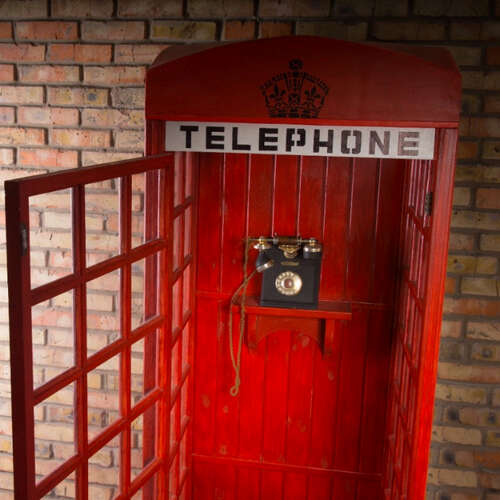
In the mid-20th century, particularly in the late 1950s and early 1960s, a bizarre trend emerged where groups of young people would attempt to cram as many individuals as possible into a telephone booth. This fad became popular in various countries, including the United States and the United Kingdom, and often resulted in comical scenes and photographs.
16. Sock Hops
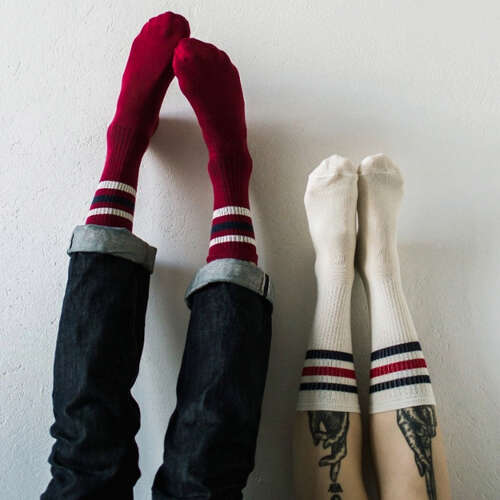
Sock hops were informal dances popularized in the 1950s and early 1960s in the United States, often held in high schools or community centers. Attendees would remove their shoes to protect the gymnasium floor and dance in their socks. While sock hops were once a staple of teenage social life, they have largely disappeared from mainstream culture. It’s hard to imagine today’s teenagers enjoying this pastime!
17. Putting Fruitcake Under Your Pillow

Today fruitcake is a popular Christmas dessert, but it used to be part of a strange custom from the past. Starting around the 17th century, people would save a bit of fruitcake whenever they ate it at an event and stash it under their pillow. They believed that this weird practice would cause them to dream about their future spouse.
18. Feast of the Donkey
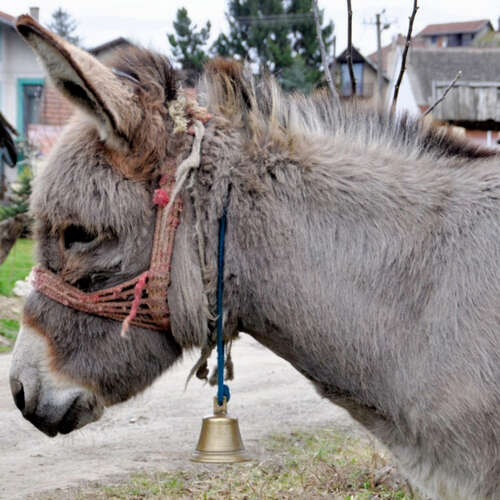
According to Best Life Online, donkeys used to be involved in a church ceremony in 12th century France. The donkey would be led in a procession down the center aisle. During the service, the priest and congregants would try to mimic the sounds it made. This strange custom from the past was called The Feast of the Donkey. Honestly, we wouldn’t mind trying it, but the church celebration was banned by most towns because it led to raucous parties afterwards!
19. Dance Marathons

In the 1920s and 1930s, dance marathons became a widespread form of entertainment and a test of endurance in the United States. Couples would dance continuously for hours, days, or even weeks with minimal rest, competing for cash prizes. These events eventually fell out of favor due to concerns about exploitation and participant exhaustion.
Our Customs May Seem Weird Someday

These strange customs from the past may come across as weird today because cultural norms have changed and evolved so much. As society continues to advance, some of the traditions and practices that are common now might seem alien or bizarre to people in the future.
Read More
14 Great Habits Baby Boomers Still Do And So Should You
15 Unspoken Rules About Race and Gender in the Corporate World



